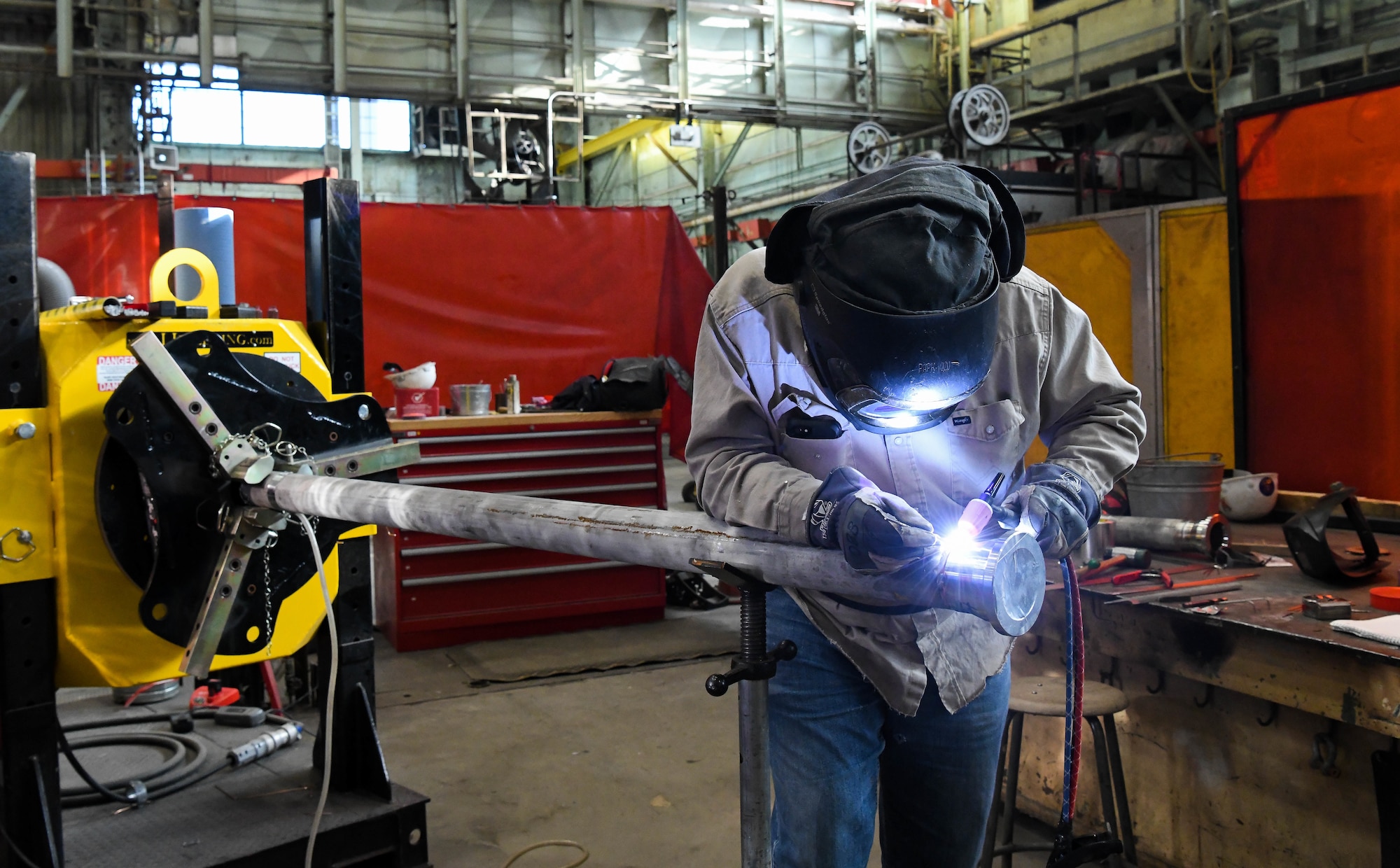The Importance of Welding WPS: Guaranteeing High Quality and Security in Your Jobs
The Importance of Welding WPS: Guaranteeing High Quality and Security in Your Jobs
Blog Article
The Ultimate Guide to Welding WPS Procedures: An Extensive Summary for Welders
In the intricate world of welding, Welding Treatment Specifications (WPS) serve as the backbone of guaranteeing high quality, uniformity, and security in welding procedures (welding WPS). As we dive into the different components of a WPS and discover the complexities of credentials and qualification, we will discover the essential function these treatments play in the world of welding.
Significance of WPS Procedures
Comprehending the importance of Welding Procedure Specs (WPS) treatments is vital for making certain the high quality and honesty of bonded frameworks. WPS procedures serve as a roadmap for welders, describing the essential actions, criteria, and products required to achieve a sound weld. By sticking to WPS standards, welders can ensure uniformity in their work, causing structurally sound and trustworthy welds.
One of the primary factors why WPS procedures are important is their function in keeping weld quality and stability. Adhering to the defined welding parameters and techniques described in the WPS aids avoid defects such as porosity, splitting, or insufficient fusion, which can jeopardize the stamina and resilience of the weld.

Elements of a WPS
A Welding Procedure Specification (WPS) normally consists of crucial parts that information the specific demands for carrying out a weld, ensuring uniformity and quality in the welding procedure. The key elements of a WPS consist of important variables such as base metals, filler metals, preheat and interpass temperature levels, welding procedures, shielding gases, welding positions, and post-weld warm treatment requirements.
Base steels refer to the products being joined, while filler steels are used to fill the gap between the base metals during welding. Preheat and interpass temperatures are critical for controlling the warm input and preventing problems like fracturing or distortion. The welding procedure details the specific strategy to be made use of, whether it's gas metal arc welding (GMAW), protected steel arc welding (SMAW), or an additional method. Securing gases safeguard the weld pool from atmospheric contamination. Welding settings specify the positionings in which welding can be performed. Post-weld warmth treatment may be required to alleviate stresses and improve the weld's residential properties. A thorough understanding of these parts is essential for developing a effective and detailed WPS.

Certification and Certification
Having established the crucial elements of a Welding Procedure Specification (WPS), the focus currently moves towards the important aspects of qualification and accreditation in welding techniques.

Qualification, on the various other hand, is the formal acknowledgment of a welder's certifications by a relevant certification body or organization. Welding certifications are usually based upon the specific welding processes, products, and settings a welder is qualified to collaborate with. Holding a valid welding qualification shows that a welder meets market standards and is skilled to carry out welding jobs to the needed requirements.
Creating a WPS
To create a Welding Procedure Spec (WPS) that satisfies sector requirements, careful consideration of welding processes, materials, and operational criteria is important. The initial action in producing a WPS is to recognize the welding process to be made use of, such as gas metal arc welding (GMAW) or shielded metal arc welding (SMAW)

Implementing and Monitoring WPS
Upon finalizing the thorough Welding Treatment Requirements (WPS) that meticulously information welding procedures, materials, functional criteria, and quality control actions, the emphasis shifts to properly implementing and blog monitoring the well established procedures. Implementation includes making certain that all welders associated with the project know with the WPS and follow it diligently during the welding process. This requires supplying appropriate training and supervision to learn this here now guarantee adherence to the defined procedures. Checking the WPS entails continuous oversight to validate that welding activities line up with the recorded specs. Inspections, screening, and high quality control procedures are necessary parts of the monitoring procedure to recognize any type of problems or inconsistencies immediately. Regular audits and testimonials of the welding treatments help in preserving uniformity and high quality throughout the job. Efficient application and monitoring of the WPS are vital for guaranteeing the integrity, toughness, and safety of the bonded joints, inevitably adding to the overall success of the welding task.
Final Thought
Finally, understanding and complying with Welding Procedure Specifications (WPS) is vital for welders to ensure high quality, consistency, and security in their job. By understanding the parts of a WPS, getting appropriate qualifications and accreditations, developing detailed treatments, and carrying out and monitoring them properly, welders can boost their abilities and effectiveness in welding techniques. Abiding by WPS treatments is vital for generating top quality welds and conference industry criteria.
In the intricate globe of welding, Welding Procedure Specs (WPS) offer as the backbone of ensuring quality, uniformity, and security in welding procedures. The welding procedure lays out the specific technique to be made use of, whether it's gas metal arc welding (GMAW), shielded metal arc this content welding (SMAW), or an additional method.To create a Welding Procedure Requirements (WPS) that meets industry requirements, mindful factor to consider of welding procedures, materials, and functional specifications is important. The very first step in producing a WPS is to identify the welding process to be made use of, such as gas steel arc welding (GMAW) or protected metal arc welding (SMAW)Upon settling the comprehensive Welding Treatment Spec (WPS) that carefully information welding procedures, materials, operational criteria, and high quality assurance procedures, the emphasis moves to efficiently implementing and keeping an eye on the recognized treatments.
Report this page